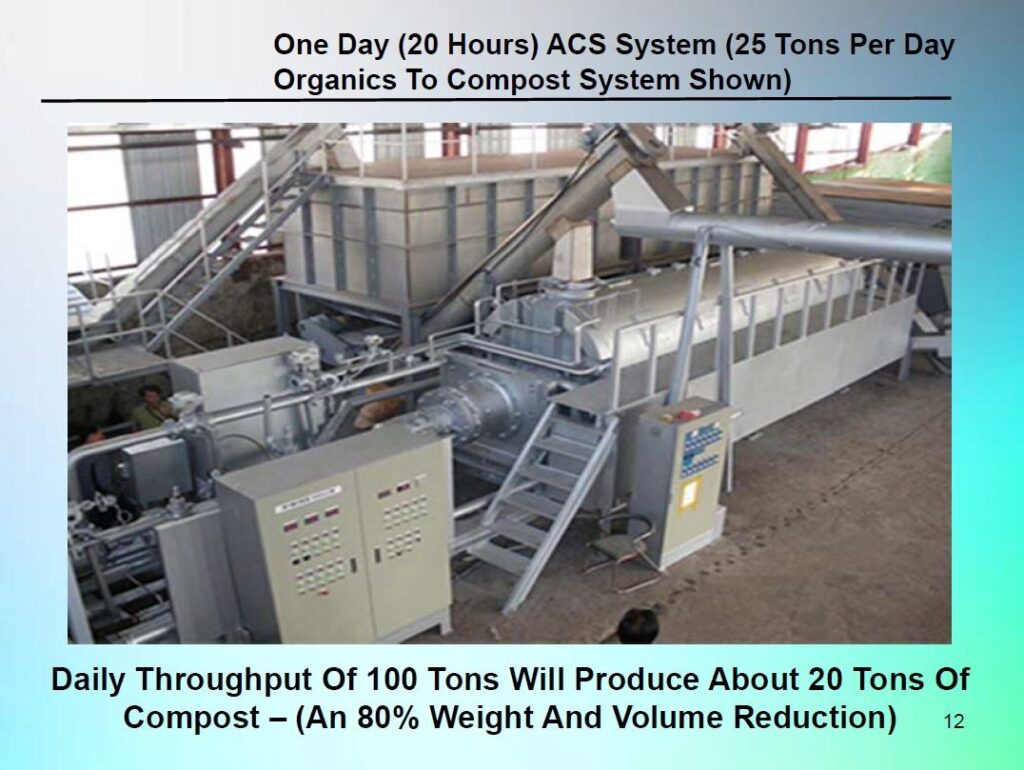Waste less
Less waste
Waste, it turns out, is a terrible thing to waste. It seems that Municipal Solid Waste (MSW) is chock-full of materials originally produced at great cost. These materials are simply “uneconomic” until we do something to render them “economic” again. That something is usually time, energy, labour or equipment.. and sometimes all of them.
What's in your landfill?

The latest technology allows for the repurpose of waste in ways that were previously uneconomical
: Automated Sorting
The latest computerized sorting equipment eliminates the need for pre-sorting at the household or the street side. Instead, all household garbage can be collected from a single bin and separated at the facility. Everything from organics, plastics, glass and metals can be separated right down to size, color and type.
To learn more visit Van Dyk Recycling Solutions.
Option A: Rapid Composting
Conventional wisdom is that composting is a time-consuming and temperature-controlled process such as that supplied by Gore. This solution has been around for years. In the meantime advancements have taken place in high-density advanced municipality such as in Israel and Singapore.
High density municipalities don’t have space for huge landfills or time-consuming processing. To answer the need, companies have developed solutions that can achieve under 24 HOUR composting.
Turning low-value organic waste such as lawn and garden trimmings plus residential, commercial and industrial food waste into high-value soil amendment overnight in a small spacer is not a big mystery. It is simply common sense. It is also the solution to reducing greenhouse gas emissions such as carbon dioxide and methane from landfills.

Option B: Wood to Energy
Demolition and Construction waste take up a huge amount of space in landfills. The problem is that often this material may not be useful for any other purpose except combustion.
Unfortunately, combustion has received a bad rap due to poorly designed facilities in from the last century. Modern facilities burn so cleanly that they have been used to dispose medical waste on location in hospitals located in the heart of major cities.
The benefits of turning wood to energy include reducing GHG emissions, reducing landfill space, producing surplus heat for greenhouses and aquaculture facilities, and fly ash for making concrete. In addition to wood waste, this system can cleanly handle other similar materials such as paper, cardboard, trees, and other woody waste.
More information can be found on the AgriPower website.

Option C: Plastic to Energy
Many people are not aware that plastics contain about the same amount of energy per kilogram as gasoline, even as we continue to fill our landfills with millions of tonnes of this energy-rich, mostly petroleum-based material every year. Talk about a waste!
The reason why we don’t do more to recycle these valuable materials is because of 2 main issues: mixture and contamination. The solution is gasification – using high temperature steam to turn energy-rich plastic into a clean-burning fuel. Every gigajoule of energy and valuable industrial chemicals produced this way is more than one gigajoule of petroleum that can be left in the ground. See Plastics Today for more.
